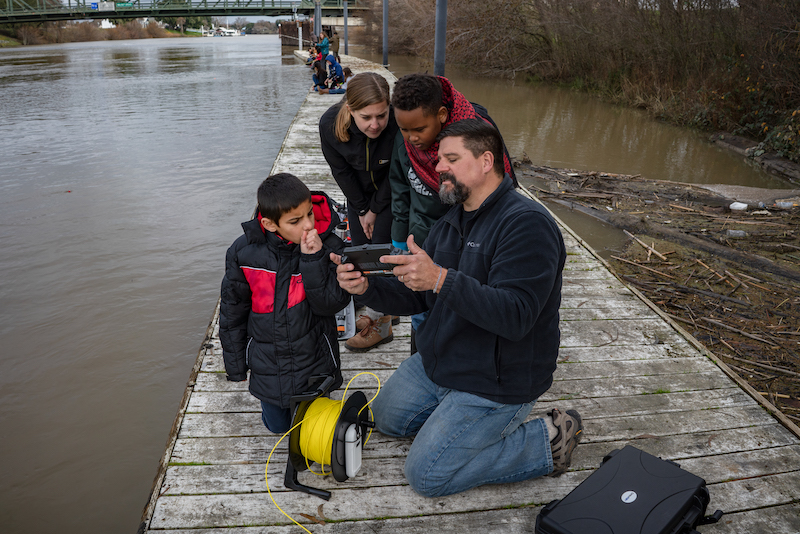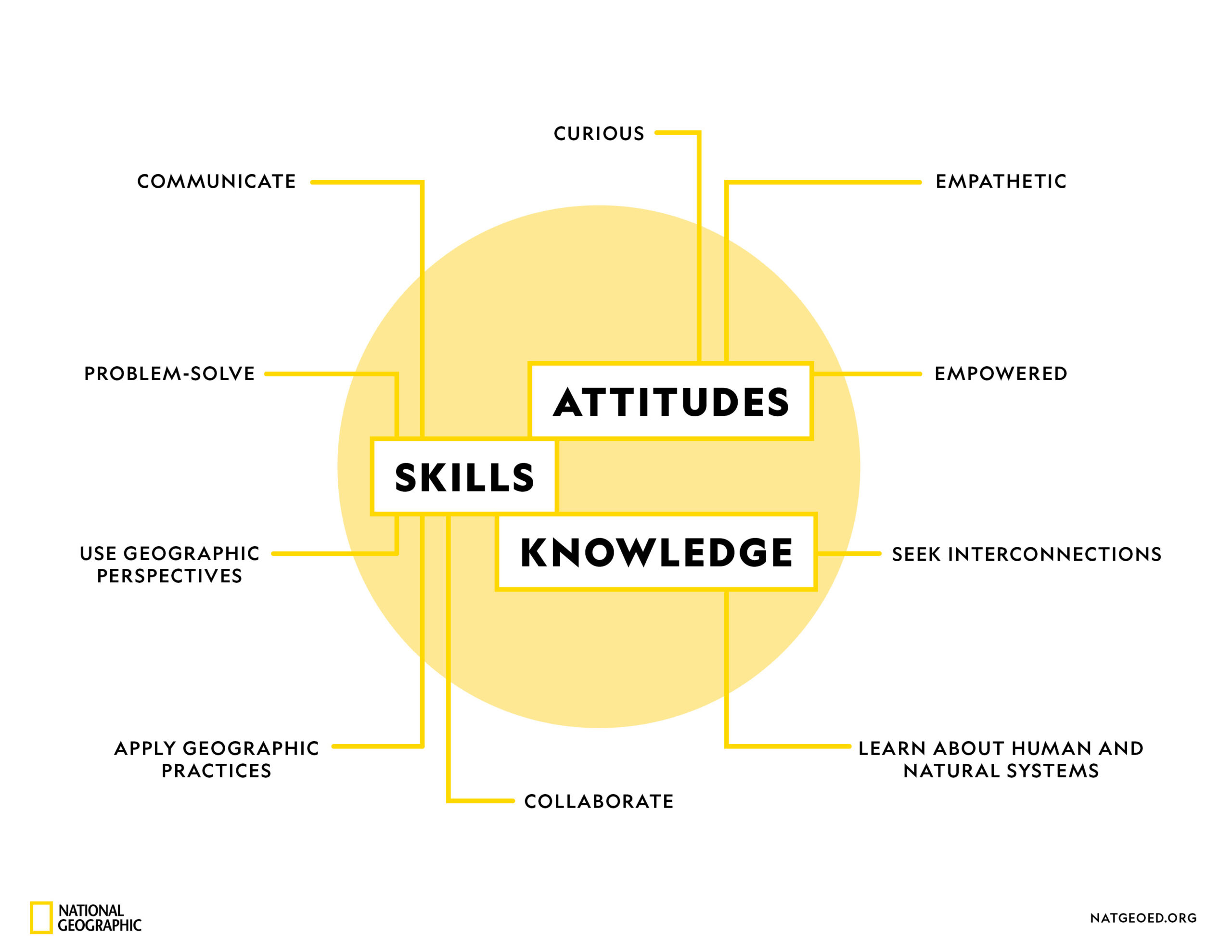Explorer Mindset
Learning Framework
What is the Explorer Mindset?
The Explorer Mindset is a series of attributes, shared values, and commitments that define what it means to be a National Geographic Explorer.
We believe that every person has the potential to develop that same Explorer Mindset that drives Explorers to inquire, seek knowledge, and think critically and creatively to solve the world’s most pressing problems.

Our Explorer Mindset Learning Framework
We developed a competency-based framework that identifies and codifies the Attitudes, Skills, and Knowledge that are indicators of the Explorer Mindset.
The Explorer Mindset Learning Framework (EMLF) communicates National Geographic’s core beliefs and values about the role of inquiry and geography in engaging with the world to foster curiosity, build knowledge, and inspire informed action to protect the wonder of our world. National Geographic focuses on exploring in six critical areas.
Listen to the Explorer Mindset in action
Develop your own Explorer Mindset
Watch the following videos and use the tools below to find out how the Explorer Mindset manifests in the videos.
National Geographic Geographer Alex Tait and a team of researchers and local scientists, working with local communities, embarked on a journey to Mount Everest to collect data on the melting ice in the mountain range. The goal of this expedition is to provide a safer path for those who live around the mountain and a better understanding of how climate change is affecting their everyday life.
Developing the Framework

The Explorer Mindset Learning Framework was developed by a collective of geography experts; educators; organizations specializing in global competence and citizenship, environmental education and conservation, GIS; competency and performance assessment experts; and National Geographic Explorers.
The Explorer Mindset Learning Framework is aligned to and cross-walked against at least 12 global frameworks, including the US Geography, NGSS Science, and C3 Framework for Social Studies Standards, ESRI’s Geographic Approach; OECD, WEF, Asia Society, World Savvy, and The Nature Conservancy’s global competencies; and National Geographic’s Diversity, Equity, and Inclusion Guiding Principles and National Geographic DEI Education Content Design Principles.
Photo credits (from top of page): Lori Epstein, Keith Sutter, Rolf Sjogren
